Top 10 Foods Highest in Copper
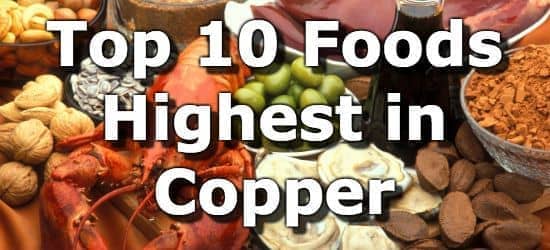
Copper is an essential trace mineral required for a variety of functions throughout the body. It's needed for energy production, iron transport, nervous system function, cholesterol metabolism, bone and connective tissue production, and immune system function. (1) It's also necessary for the formation of some types of superoxide dismutase (SOD), an enzyme that’s crucial for protecting cells from damage caused by the use of oxygen for energy. (2)
A copper deficiency can lead to anemia, an increased risk of infections, weak bones, joint pain, and neurological issues. (3) Copper deficiency is uncommon, and is usually caused by genetic disorders, digestive system problems that impair absorption, or consumption of excessive amounts of zinc. However, there are also cases in which the cause of copper deficiency is not determined. (4)
High copper foods include seafood, mushrooms, tofu, sweet potatoes, sesame seeds, cashews, chickpeas, salmon, dark chocolate, and avocados. The current daily value (DV) for copper is 0.9mg. (5)
Below is a list of high copper foods, for more, see the extended list of copper rich foods, high copper vegetables, and high copper fruits.
List of High Copper Foods
-
 1. Oysters + Add
1. Oysters + Add
Copper
per 6 OystersCopper
per 100gCopper
per 200 Calories3.8mg
(419% DV)4.4mg
(493% DV)11.2mg
(1249% DV)More Shellfish High in Copper
- 176% DV in 1 leg of Alaskan King crab
- 146% DV in 3oz of lobster
- 145% DV in 20 small clams
See all fish high in copper.
-
 2. Shiitake Mushrooms + Add
2. Shiitake Mushrooms + Add
Copper
per Cup CookedCopper
per 100gCopper
per 200 Calories1.3mg
(144% DV)0.9mg
(100% DV)3.2mg
(356% DV)More Mushrooms High in Copper
- 87% DV in 1 cup of white button mushrooms
- 52% DV in 1 cup of portobellos
- 48% DV in 1 cup of cremini mushrooms
See the list of high copper vegetables.
-
 3. Firm Tofu + Add
3. Firm Tofu + Add
Copper
per CupCopper
per 100gCopper
per 200 Calories1mg
(106% DV)0.4mg
(42% DV)0.5mg
(58% DV)More Soy Foods High in Copper
- 78% DV in 1 cup of boiled soybeans
- 53% DV in 1 cup of medium firm tofu
- 44% DV in a 16oz glass of soy milk
See all beans and legumes high in copper.
-
 4. Sweet Potatoes + Add
4. Sweet Potatoes + Add
Copper
per Cup MashedCopper
per 100gCopper
per 200 Calories0.7mg
(79% DV)0.3mg
(31% DV)0.6mg
(61% DV)More Vegetables High in Copper
- 40% DV in 1 cup of cooked turnip greens
- 37% DV in a baked potato
- 35% DV in 1 cup of cooked spinach
See the list of high copper vegetables.
-
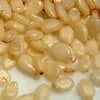 5. Sesame Seeds + Add
5. Sesame Seeds + Add
Copper
per OzCopper
per 100gCopper
per 200 Calories0.7mg
(78% DV)2.5mg
(274% DV)0.9mg
(97% DV)More Seeds High in Copper
- 58% DV per oz of sunflower seeds
- 50% DV per oz of hemp seeds
- 42% DV per oz of dried pumpkin and squash seeds
See all nuts and seeds high in copper.
-
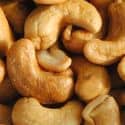 6. Cashews (Dry Roasted) + Add
6. Cashews (Dry Roasted) + Add
Copper
per 1 Oz HandfulCopper
per 100gCopper
per 200 Calories0.6mg
(70% DV)2.2mg
(247% DV)0.8mg
(86% DV)More Nuts High in Copper
- 55% DV per oz of Brazil nuts
- 50% DV per oz of walnuts
- 41% DV per oz of pistachios
See all nuts and seeds high in copper.
-
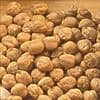 7. Chickpeas (Garbanzo Beans) + Add
7. Chickpeas (Garbanzo Beans) + Add
Copper
per CupCopper
per 100gCopper
per 200 Calories0.6mg
(64% DV)0.4mg
(39% DV)0.4mg
(48% DV)More Beans High in Copper
- 61% DV per cup of navy beans
- 55% DV per cup of lentils
- 52% DV per cup of kidney beans
See all beans and legumes high in copper.
-
 8. Salmon + Add
8. Salmon + Add
Copper
per 6oz FilletCopper
per 100gCopper
per 200 Calories0.5mg
(61% DV)0.3mg
(36% DV)0.4mg
(39% DV)More Fish High in Copper
- 31% DV per cup of sardines
- 24% DV in 3oz of shrimp
- 21% DV in a 6oz tuna steak
See all fish high in copper.
-
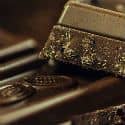 9. Dark Chocolate (70-85% Cocoa) + Add
9. Dark Chocolate (70-85% Cocoa) + Add
Copper
per 1oz SquareCopper
per 100gCopper
per 200 Calories0.5mg
(56% DV)1.8mg
(196% DV)0.6mg
(66% DV) -
10. Avocados + Add
Copper
per AvocadoCopper
per 100gCopper
per 200 Calories0.4mg
(42% DV)0.2mg
(21% DV)0.2mg
(26% DV)More Fruits High in Copper
- 42% DV in 1 cup of guava
- 26% DV in 1 cup of kiwifruit
- 20% DV in 1 cup of chopped pineapple
See the list of high copper fruits.
Printable One Page Sheet
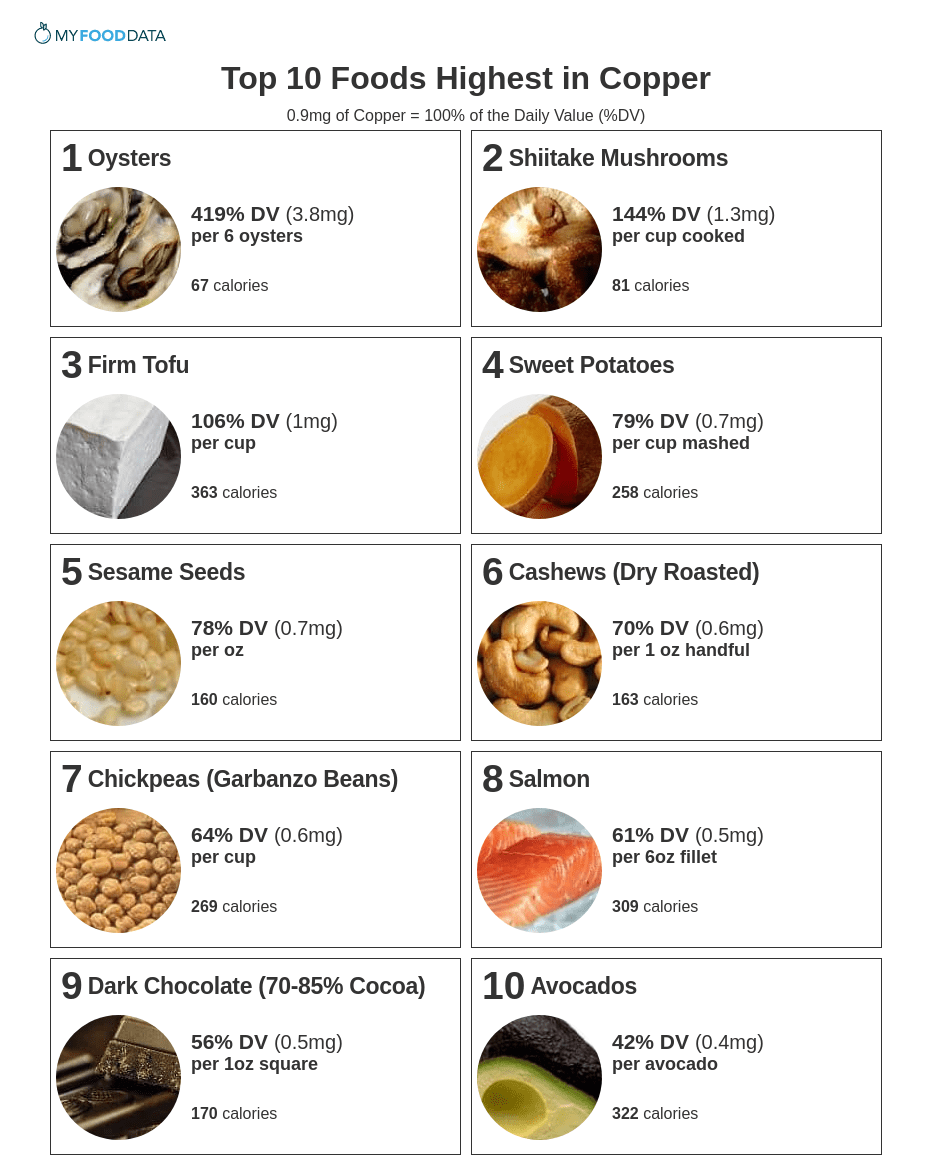
More Copper Rich Foods
| Food | Serving | Copper |
|---|---|---|
| 1. Beef Liver + | per 3oz slice | 1313% DV (11.8mg) |
| 2. Tempeh + | per cup | 103% DV (0.9mg) |
| 3. Coconut Milk + | per cup | 56% DV (0.5mg) |
| 4. Durian + | per cup chopped | 56% DV (0.5mg) |
| 5. Mamey Sapote + | 1 cup chopped | 41% DV (0.4mg) |
| 6. Kamut (Khorasan - Wheat) + | per cup | 40% DV (0.4mg) |
| 7. Quinoa + | per cup | 39% DV (0.4mg) |
| 8. Buckwheat + | per cup | 27% DV (0.2mg) |
| 9. Radicchio + | per cup | 15% DV (0.1mg) |
| 10. Medjool Dates + | per date | 10% DV (0.1mg) |
| 11. Kale + | per cup fresh | 1% DV (0mg) |
Copper Requirements By Age and Gender
The recommended daily allowance (RDA) for copper ranges from 330mcg (0.33mg) to 1000mcg (1mg) per day, depending on a person's age and gender. The daily value for copper is 0.9mg (900mcg) per day. The daily value is a general guideline that will prevent deficiency in most people and is listed on food labels, while the RDA is specific for particular groups of people. (5)
Note: 1mg = 1000mcg (micrograms)
| Life Stage | RDA |
|---|---|
| Infants* | |
| 0-6 months old | 200mcg (micrograms) |
| 7-12 months old | 220mcg (micrograms) |
| Children | |
| 1-3 years old | 340mcg |
| 4-8 years old | 440mcg |
| Males | |
| 9-13 years old | 700mcg |
| 14-18 years old | 890mcg |
| 19-50 years old | 900mcg |
| 50+ years old | 900mcg |
| Females | |
| 9-13 years old | 700mcg |
| 14-18 years old | 890mcg |
| 19-50 years old | 900mcg |
| 50+ years old | 900mcg |
| Pregnancy | |
| 14-18 years old | 1000mcg |
| 18+ years old | 1000mcg |
| Lactation | |
| 14-18 years old | 985mcg |
| 18+ years old | 1000mcg |
Source: Dietary Reference Intakes for Copper.
From the Nutrient Ranking Tool
Use the ranking tool links below to select foods and create your own food list to share or print.
- Foods High in Copper
- Foods Low in Copper
- Vegetables High in Copper
- Fruits High in Copper
- Vegetarian Foods High in Copper
- Nuts High in Copper
- Grains High in Copper
- Beans High in Copper
- Dairy High in Copper
- Breakfast Cereals High in Copper
- Fast Foods High in Copper
View more nutrients with the nutrient ranking tool, or see ratios with the nutrient ratio tool.
Related
Data Sources and References
- Kumar P, Hamza N, Madhok B, De Alwis N, Sharma M, Miras AD, Mahawar KK. Copper Deficiency: Causes, Manifestations, and Treatment Obes Surg. 2016 Jun;26(6):1335-42. doi: 10.1007/s11695-016-2162-8. 27034062
- Zilli AMH, Zilli EM. Superoxide Dismutase Administration: A Review of Proposed Human Uses Protein Pept Lett. 2021;28(7):725-734. doi: 10.2174/0929866528666210127152359. 33504293
- Cathcart SJ, Sofronescu AG. Copper deficiency, a new triad: anemia, leucopenia, and myeloneuropathy Clin Biochem. 2017 Aug;50(12):733-736. doi: 10.1016/j.clinbiochem.2017.03.005. Epub 2017 Mar 10. 28288851
- Gupta N, Carmichael MF. Copper Deficiency: An Overlooked Diagnosis Cureus. 2023 Aug 21;15(8):e43856. doi: 10.7759/cureus.43856. eCollection 2023 Aug. 37736439
- U.S.FDA - Daily Value on the New Nutrition and Supplement Facts Labels
Simplify Nutrition Tracking with MyFoodData!
Speedy Tools and Detailed Data FREEEasily analyze your meals to find the best foods for your goals.
✅ Use our recipe nutrition calculator and nutrition comparison tool.
✅ Access expert nutrition data tools and in-depth articles.
✅ Log foods and organize your recipes with a free account.


 Next ➞
Next ➞
